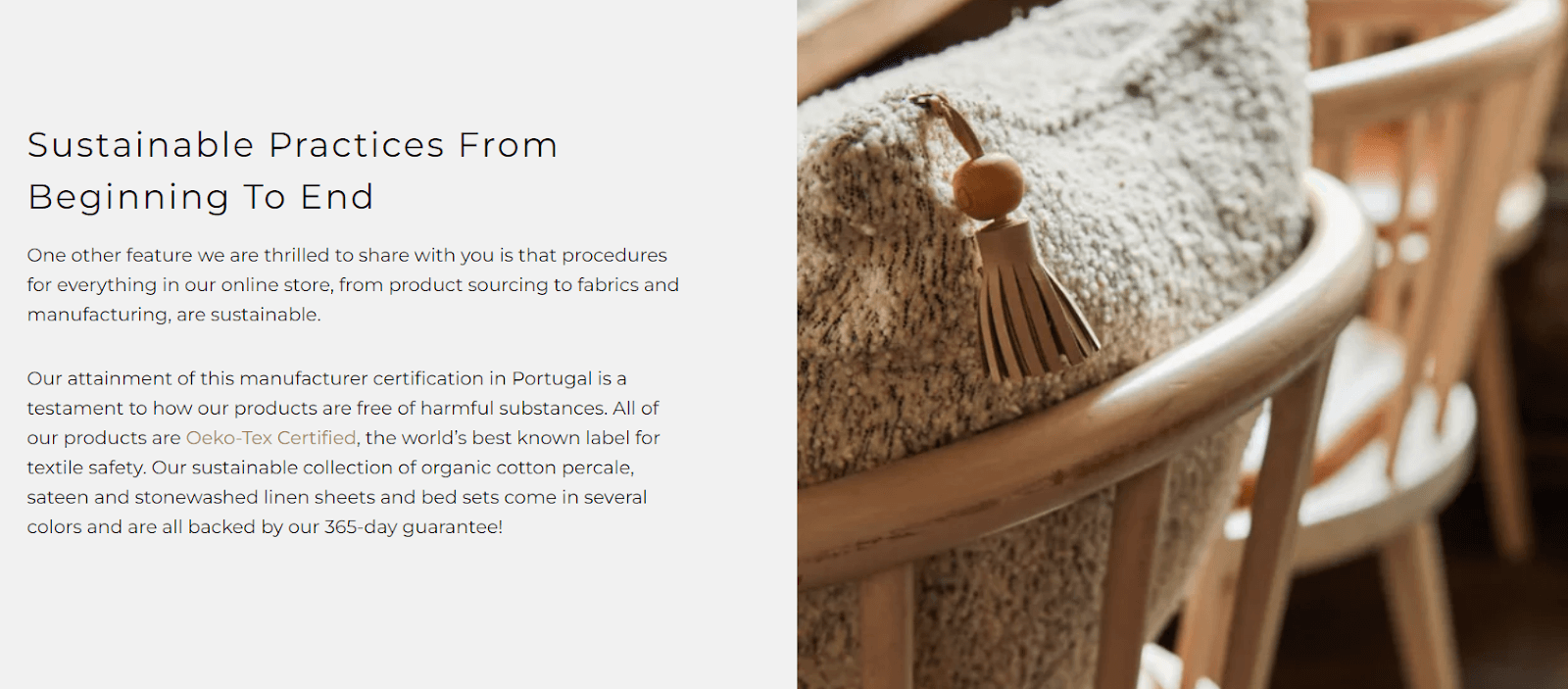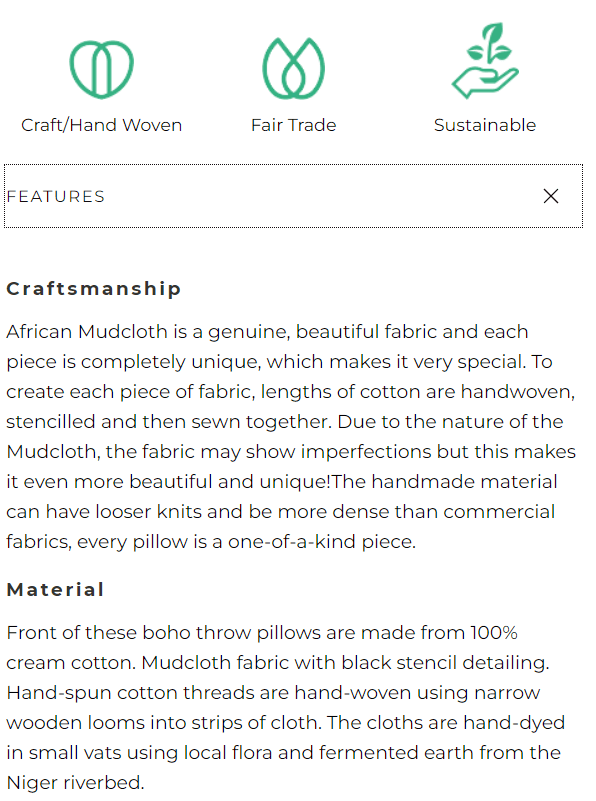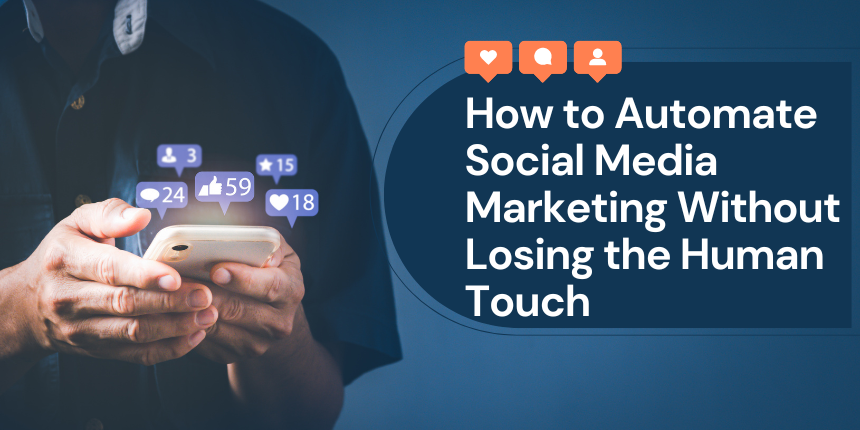
Ever since I founded Or & Zon, I’ve been passionate about two key principles that I believe are the cornerstones of building a successful global brand: authentic storytelling and ethical sourcing. It’s fascinating to see the impact that genuine narratives can have on connecting with a global audience, and how ethical practices are increasingly significant in modern business. To me, these aren’t just business strategies; they’re a way of life that not only defines our brand but also resonates deeply with our customers.
The Power of Authentic Storytelling in Branding
Authentic storytelling, in the context of brand marketing, is about sharing a narrative that’s genuine and reflective of the brand’s values and mission. My journey has taught me the importance of this authenticity. It isn’t just telling a good story; it’s about telling our story, the real-life experiences and passions behind every product we craft. Captivating international markets isn’t a matter of a one-size-fits-all strategy, but rather recognizing the unique threads that connect us all as humans and weaving these into our brand fabric.

Crafting the Narrative: From Local Artisans to Global Markets
Building Or & Zon’s narrative has been a meticulous journey of connecting the stories of our artisans with the luxury items they create. It’s about bridging the gap between local craftsmanship and global consumers, inviting them to experience the rich tapestry of traditions and skills that make each piece more than just a commodity—it’s a slice of cultural heritage.
Our Storytelling Approach:
- Highlighting Artisan Expertise: We emphasize the unique skills and stories of our artisans, showcasing the cultural significance behind each product.
- Creating Emotional Connections: Through our narrative, we aim to create an emotional bond between our customers and the artisans, enhancing the value of our products.
The Role of Ethical Sourcing in Brand Image

Ethical sourcing is at the heart of Or & Zon. For me, this goes beyond ensuring fair working conditions and wages—it encompasses sustainability and a deep respect for the environment. Our brand’s philosophy is rooted in these practices, and this commitment has undeniably fostered a stronger bond of trust and loyalty with our customers.
Key Ethical Sourcing Practices:
- Fair Trade Partnerships: We collaborate with artisans who are paid fairly for their work, ensuring that our business supports their communities.
- Sustainability Initiatives: We focus on eco-friendly materials and processes, reducing our environmental footprint while creating luxury products.
Leveraging Technology for Ethical Sourcing and Storytelling
I understood early on the immense value consumers place on transparency within the supply chain. While maintaining this level of openness has been challenging, the benefits are clear. By sharing case studies and direct feedback, we’ve seen that our dedication to supply chain transparency has bolstered consumer confidence and become a defining feature of our brand identity.
How We Maintain Transparency:
- Detailed Product Journeys: We provide our customers with insights into every step of the production process, from raw materials to the finished product.
- Open Communication: We encourage feedback and actively engage with our audience, making our brand’s operations as transparent as possible.
Connecting with the Global Audience: Cultural Sensitivity and Appreciation


In expanding globally, cultural sensitivity and appreciation have been my top priorities, ensuring our marketing efforts are inclusive and respectful. I’ve learned that this approach is not only ethical but also key to creating meaningful connections with consumers around the world.
Cultural Sensitivity in Practice:
- Localized Marketing Strategies: We tailor our marketing efforts to resonate with diverse cultural contexts, avoiding a one-size-fits-all approach.
- Respectful Representation: Our campaigns aim to celebrate and respect the cultures we engage with, fostering a deeper connection with our global audience.
Overcoming Challenges in Global Brand Building
Building a global brand comes with its share of challenges. From navigating diverse market expectations to maintaining the integrity of our narrative, the journey hasn’t always been smooth. However, these challenges have only refined my strategies and strengthened my overall mission for the brand. Here are five key lessons I’ve learned along the way:
- Adaptability is Key
Navigating diverse market expectations requires a flexible approach. What works in one region might not resonate in another. I’ve learned to adapt our strategies without compromising our brand’s core values, ensuring that we remain relevant and effective across different cultures and markets. - Consistency Builds Trust
While adaptability is important, maintaining a consistent brand message is equally crucial. I’ve found that having clear brand guidelines helps us preserve our narrative’s integrity, ensuring that our story remains authentic and recognizable no matter where our products are sold. Along with this, it’s equally important to share your story with your audience via socials. With small teams, bandwidth will always the biggest challenge, however leveraging tools like social media calendar you can plan your content better and stay consistent. - Cultural Sensitivity Cannot Be Overlooked
Expanding globally requires a deep understanding of the cultural nuances in each market. I’ve learned that being culturally sensitive not only prevents potential missteps but also helps in building stronger, more meaningful connections with our audience. - Effective Communication is Essential
Whether it’s with our team, artisans, or customers, clear and open communication has been vital. I’ve realized that overcoming challenges often comes down to how well we communicate our goals, values, and processes across all levels of our business. - Embracing Technology is a Must
Technology has been a game-changer in overcoming the challenges of global expansion. From ensuring ethical sourcing to enhancing our storytelling, embracing tech solutions has allowed us to scale efficiently while maintaining the quality and integrity of our brand.
The Importance of Design and Content in Branding
In the world of branding, design and content are not just aesthetic choices; they are the very essence of how a brand communicates its identity and values to the world. From the visual appeal of our products to the stories we tell, these elements play a critical role in shaping perceptions, building trust, and creating lasting connections with our audience.

1. Visual Identity: The Face of Your Brand
Your design elements, such as logos, color schemes, and typography, are often the first things people notice about your brand. I’ve learned that a cohesive and well-thought-out visual identity can make a powerful first impression, setting the tone for all future interactions.
2. Content as the Voice of Your Brand
While design draws people in, content keeps them engaged. The stories you tell, the messages you share, and the values you communicate through your content are what truly define your brand. I’ve found that authentic and consistent content helps build a strong emotional connection with the audience, making your brand more relatable and trustworthy.
3. Consistency Across Platforms
Whether it’s your website, social media, or physical packaging, consistency in design and content is key to reinforcing your brand’s identity. I’ve discovered that maintaining this consistency across all platforms ensures that your brand message is clear and recognizable, no matter where your audience encounters it.
4. Design and Content Working Together
Great design and compelling content are powerful on their own, but when they work together, they create a seamless and immersive brand experience. I’ve realized that aligning these two elements can significantly enhance how your brand is perceived, making it more memorable and impactful. If you’re short on time use AI design and content generator to ideate and create content faster.
5. Adapting to Changing Trends
The world of design and content is constantly evolving, and staying ahead of trends is crucial. I’ve learned that being adaptable and willing to innovate in both areas helps keep your brand fresh, relevant, and competitive in an ever-changing market.
Conclusion
Infusing authentic storytelling with ethical sourcing has been the heartbeat of our brand, guiding us as we connect with our audience and build trust in a crowded global market. As we look to the future, these principles will only grow in importance, shaping how consumers view and interact with brands like ours. In an increasingly informed and conscious market, the commitment to ethical practices is no longer optional—it’s essential. Our journey has shown that staying true to our core values, investing in genuine narratives, and balancing social media tools and AI with the human element is key to sustaining a global brand.
As we continue to navigate the challenges of global expansion, maintaining a consistent yet adaptable brand identity will be crucial. While we embrace innovation, our focus remains on the human stories that define us. The future of Or & Zon, and any brand aiming to make a meaningful impact, lies in upholding these values—ensuring that every product is not just sold but also celebrated for its cultural significance and ethical integrity.

























